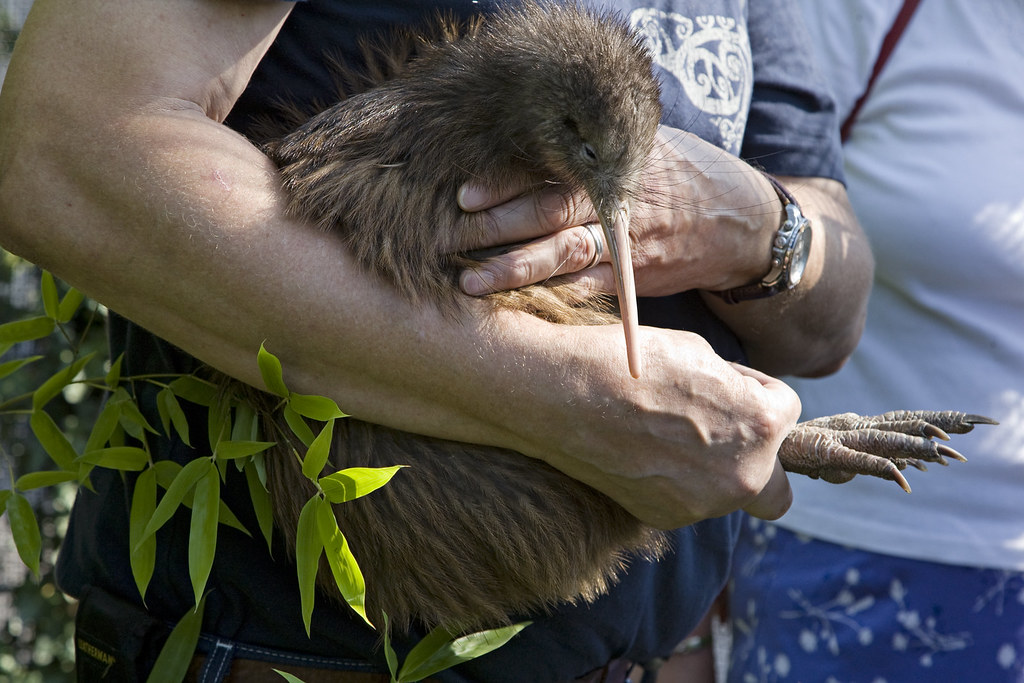– The distinctive anatomy and behaviors of kiwi birds
– Conservation efforts and challenges faced by Kiwi birds
– The significance of kiwi birds in New Zealand culture and ecosystem
– Innovative strategies for the protection and study of kiwi birds
The Distinctive Anatomy and Behaviors of Kiwi Birds
Kiwi birds, with their small size, stout build, and long beaks, are among the most intriguing avian species. Native to New Zealand, these flightless birds have adapted to a nocturnal lifestyle, foraging for food at night. Their beaks are one of their most remarkable features, with nostrils located at the tip, an adaptation unique among birds. This distinctive characteristic gives kiwi birds an excellent sense of smell, aiding them in locating insects and worms in the dark forest floors.
Unlike most birds, Kiwi birds have heavy bones filled with marrow. This adaptation and their strong, muscular legs make them excellent diggers. Despite their lack of flight capability, Kiwi birds are fast runners and can defend themselves with their powerful legs when threatened.
Conservation Efforts and Challenges Faced by Kiwi Birds
Kiwi birds face significant threats from habitat destruction, predation by introduced species, and environmental changes. Efforts to conserve these birds involve habitat preservation, predator control programs, and breeding initiatives. The Department of Conservation in New Zealand plays a pivotal role in these conservation efforts, focusing on creating predator-free zones and enhancing public awareness about the plight of kiwi birds.
Predators such as stoats, dogs, and cats significantly threaten Kiwi birds, particularly their eggs and chicks. Conservation groups actively trap and control these predator populations in key Kiwi habitats. Breeding programs have also been established to increase Kiwi populations, including incubating and hatching eggs in safe environments before releasing the birds into secure areas.
The Significance of Kiwi Birds in New Zealand Culture and Ecosystem
Kiwi birds are not only a symbol of New Zealand’s wildlife but also an integral part of its cultural identity. Referred to as the unofficial national emblem, they hold a special place in the hearts of New Zealanders, often dubbed as “Kiwis” themselves. In Maori culture, kiwi birds are considered taonga, or treasures, representing the rich biodiversity of the land and the need to protect it.
Ecologically, kiwi birds play a crucial role in seed dispersal and soil aeration, contributing to the health of their native forests. Their foraging behavior helps in spreading the seeds of native plants, while their digging activities introduce oxygen into the soil, benefiting earthworms and other soil organisms.
Innovative Strategies for the Protection and Study of Kiwi Birds
Conservationists have adopted innovative strategies that leverage technology and community involvement to combat the declining kiwi bird populations. Predator-proof fences, automated traps, and surveillance technology have improved the protection of kiwi habitats. Moreover, genetic research and satellite tracking are providing valuable insights into the lives of kiwi birds, helping to optimize conservation strategies.
Community engagement is also vital, with many New Zealanders participating in conservation efforts, such as habitat restoration projects and predator control initiatives. Educating the public about the importance of kiwi birds and how to coexist with them responsibly is pivotal in ensuring their survival for future generations.
Through dedicated conservation efforts, innovative strategies, and community involvement, the future for kiwi birds looks promising. Their survival is crucial for maintaining New Zealand’s biodiversity and preserving the cultural heritage that these extraordinary birds represent. By prioritizing their protection, kiwi birds will continue to thrive in their native habitats, enchanting and educating future generations about the wonders of the natural world.


